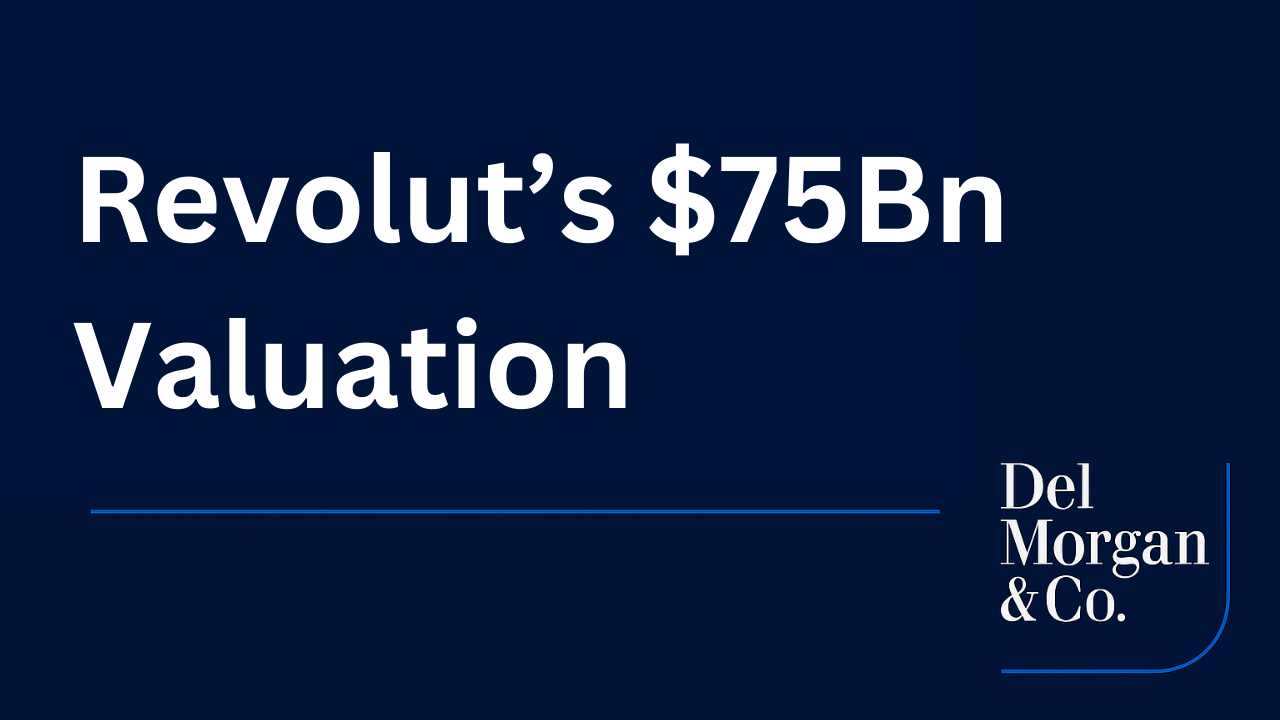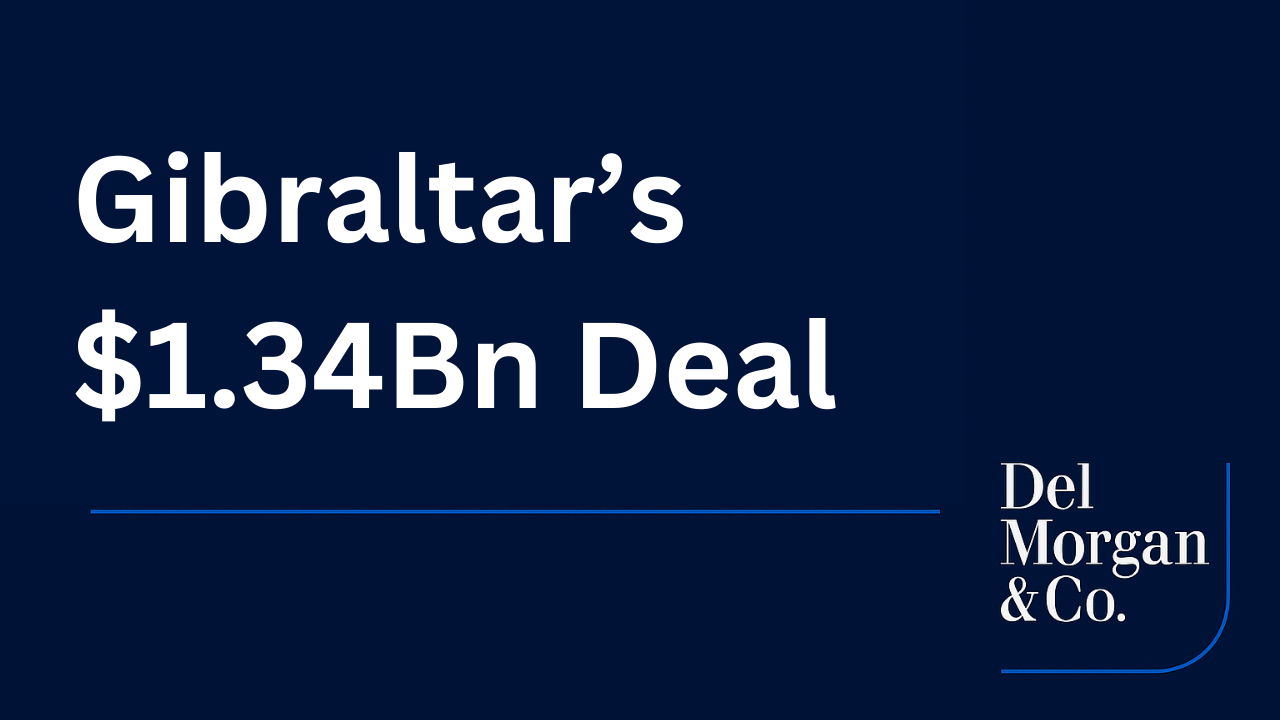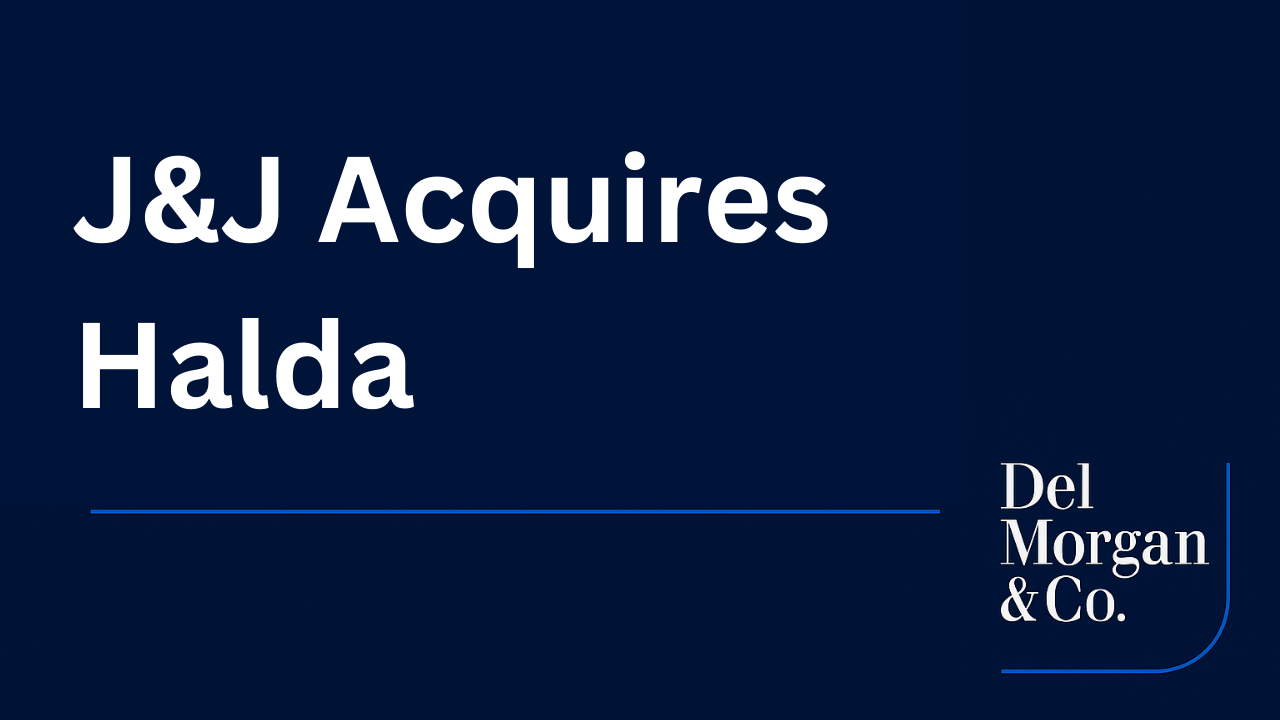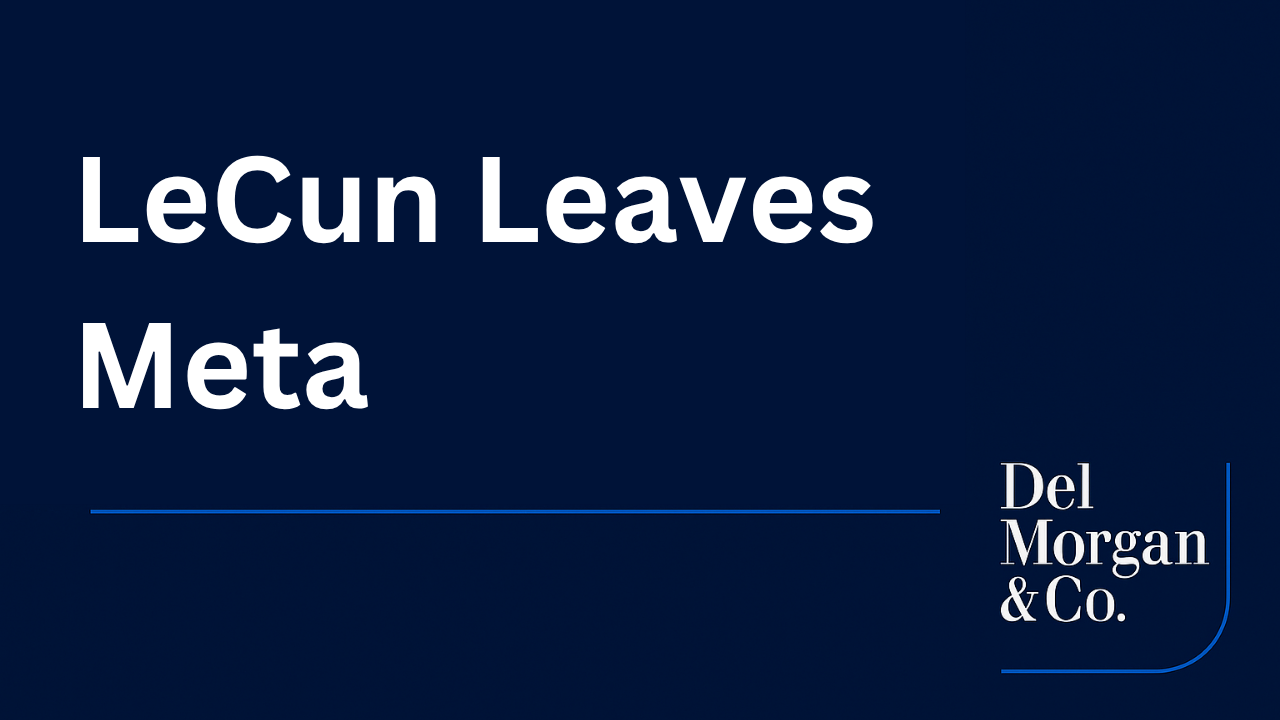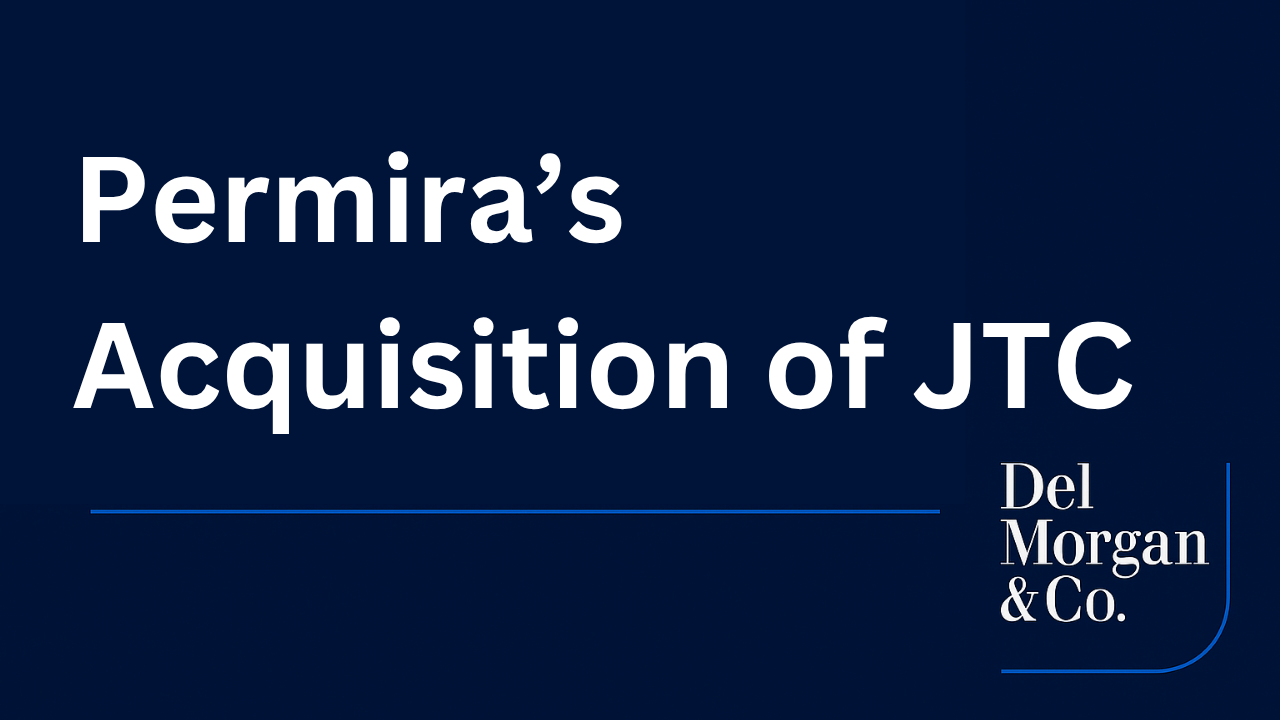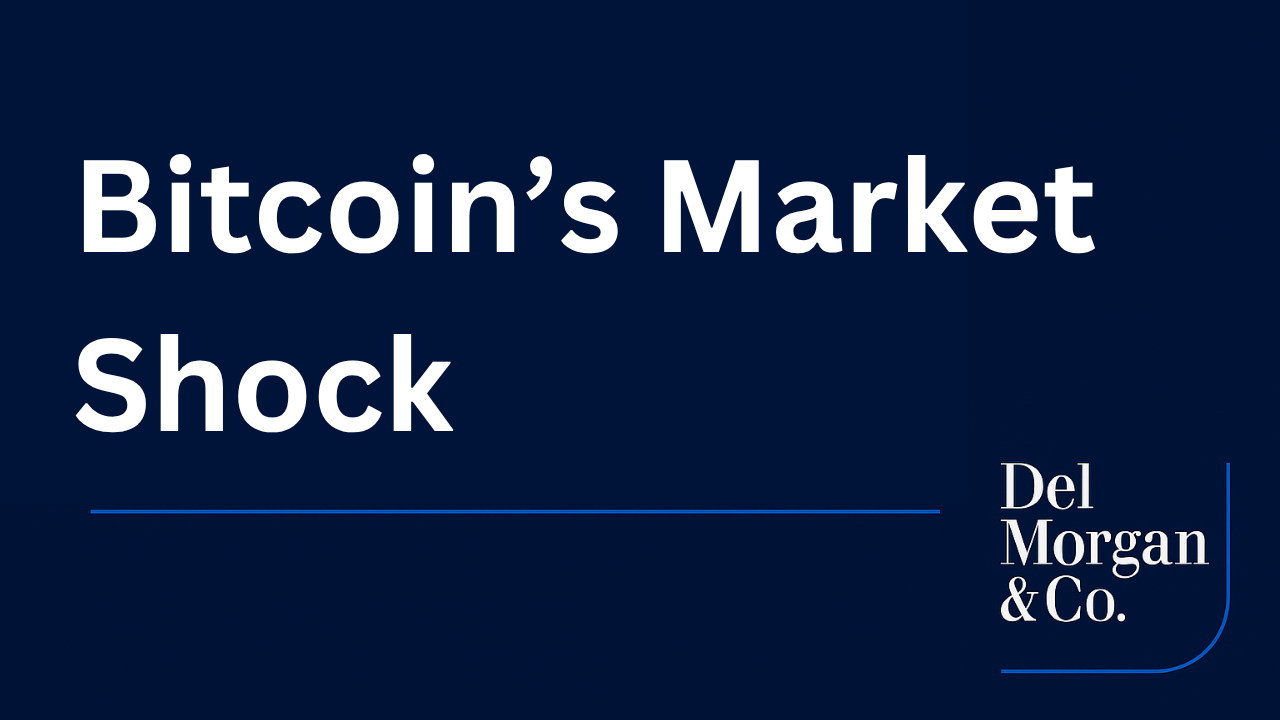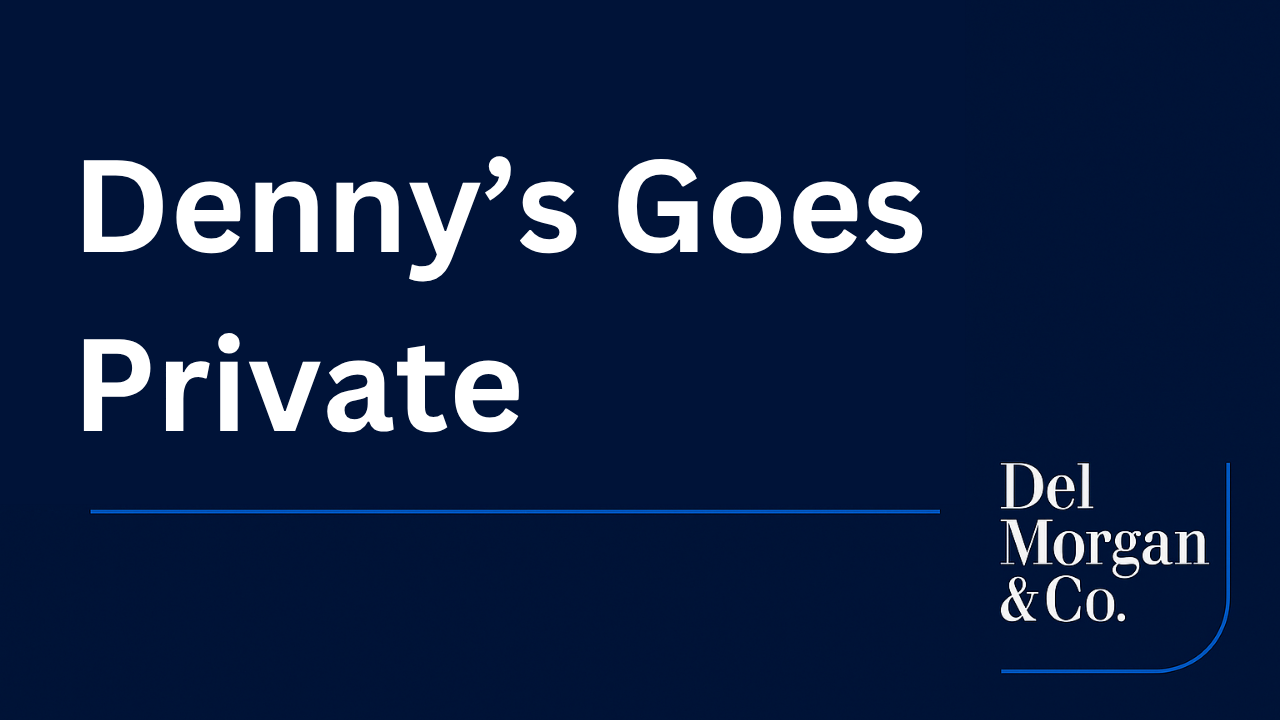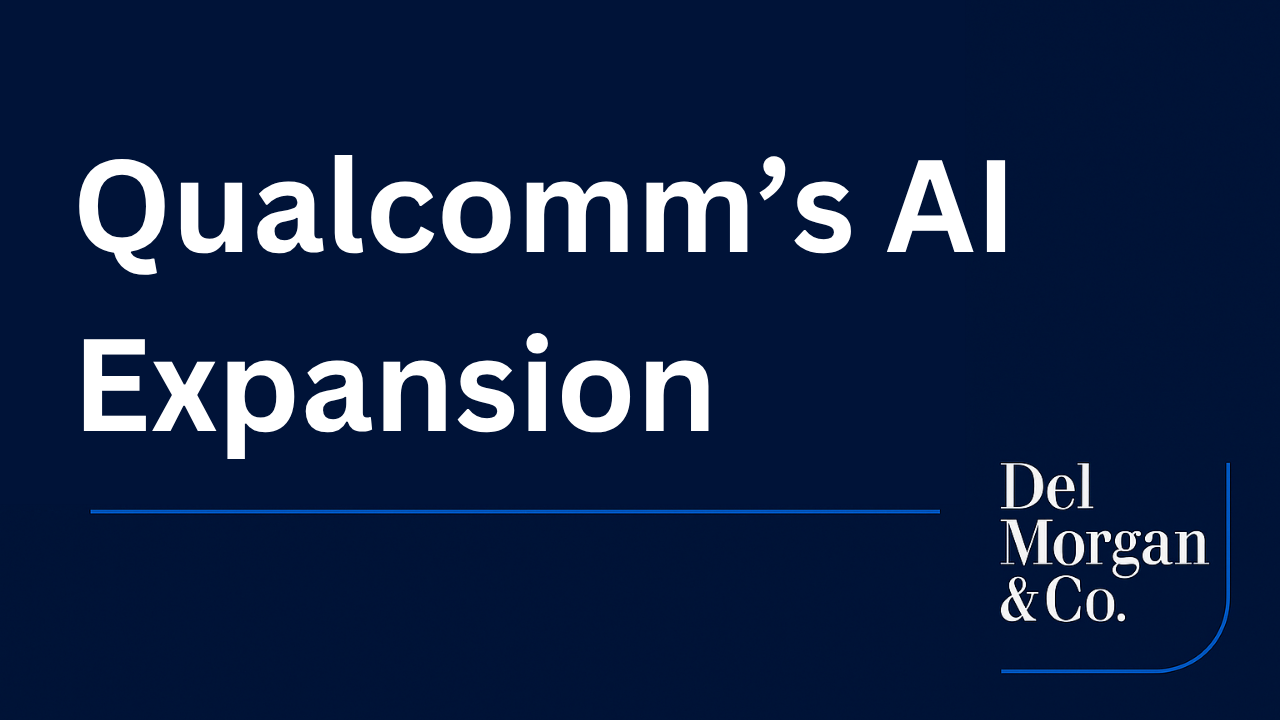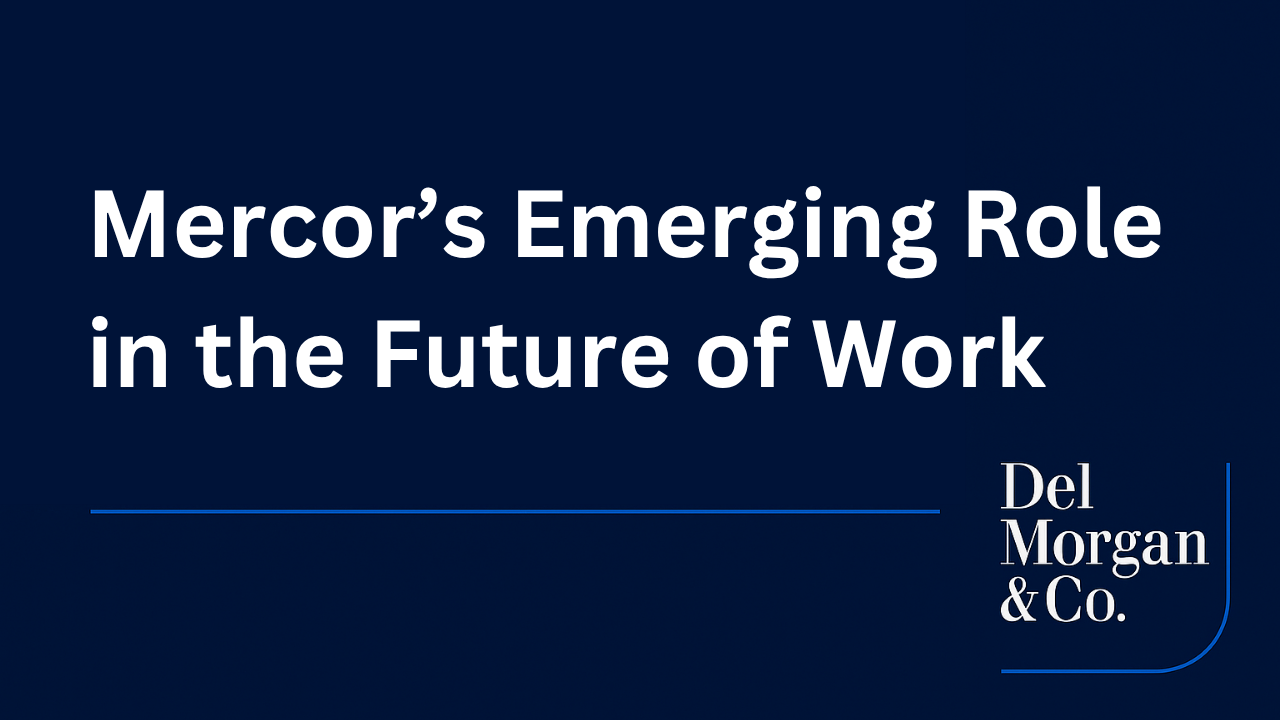Navigating the Volatile Landscape of Precious Metals Investment
The gold market is experiencing a profound shift, propelled by escalating geopolitical tensions, persistent inflation concerns and expectations of monetary policy easing from major central banks. However, surging production costs, supply chain disruptions and market volatility present formidable hurdles. As gold reasserts its role as a safe-haven asset amid global economic instability, investors and mining companies are grappling with the need to balance demand-driven opportunities against operational and financial pressures.
The recent surge in gold prices to record highs above $3,600 per ounce exemplifies this dynamic, underscoring the strategic and risk elements in pursuing growth within the precious metals sector. This milestone provides key lessons on how market forces are reshaping gold’s trajectory in an increasingly uncertain world.
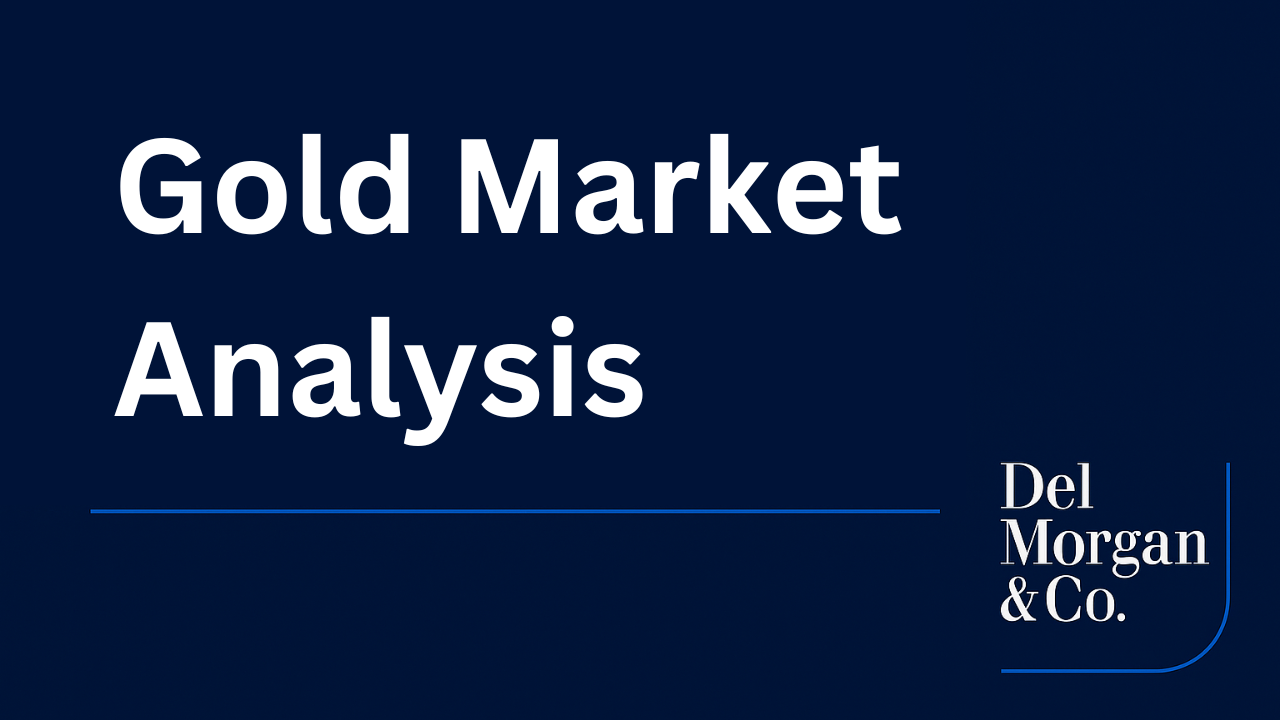
The Gold Price Surge to Record Highs
Delivering resilient value in turbulent times requires understanding gold’s dual role as both a commodity and a financial hedge. The breakthrough above $3,500 per ounce on September 2, 2025 marks a critical inflection point, with spot gold reaching over $3,600 amid bets on U.S. Federal Reserve rate cuts and a weakening dollar. This rally has pushed gold’s year-to-date gains to over 30%, outpacing major stock indices and drawing in institutional investors seeking protection against economic risks.
Record purchases, particularly from central banks in emerging markets diversifying away from the dollar, combined with heightened demand from exchange-traded funds (ETFs) and retail buyers, have fueled this ascent. The resulting market dominance positions gold to challenge traditional assets such as bonds and equities. However, this momentum carries risks: rapid price escalations could trigger profit-taking, while over-reliance on macroeconomic triggers such as interest rate shifts might expose vulnerabilities if global growth stabilizes unexpectedly. These factors illuminate the intricacies of scaling gold investments in a high-demand, supply-constrained environment.
The Rising Costs of Gold Mining and Production
Extracting and refining gold – through advanced technologies such as autonomous drilling or cyanide-free processing – demands substantial capital outlays in equipment, labor and environmental compliance. The cost of developing a single large-scale mine can exceed billions of dollars, rivaling the budgets of entire national infrastructure projects. This escalation in resource needs has been pressuring operations in key regions such as Australia, Africa and North America, inflating expenses and prompting debates about the sector’s profitability amid fluctuating prices.
Regulatory demands compound these burdens. Heightened scrutiny on environmental impacts, water usage and community relations under frameworks such as the EU’s Sustainable Finance Disclosure Regulation is projected to add billions of dollars in annual compliance costs across the industry. These economic and oversight pressures are forcing miners to reevaluate their models for long-term viability.
Strategies to Mitigate Gold Sector Costs
In response, mining firms are adopting forward-thinking tactics. Consolidation remains a cornerstone, with mergers enabling shared infrastructure and reduced exploration redundancies – evident in recent deals among mid-tier producers aiming for economies of scale. Companies such as Newmont and Barrick are broadening their portfolios by integrating gold with other metals such as copper, bolstering revenue diversification and operational resilience.
Another response involves embracing innovative technologies, including AI-optimized extraction and renewable energy-powered sites to cut energy expenses while enhancing efficiency. Collaboration with governments and tech firms can provide access to expertise and funding, distributing risks in volatile markets. Some players are venturing into recycled gold sources to sidestep mining costs, though this introduces supply quality and ethical sourcing challenges.
Venture capital and institutional funding are vital, with billions of dollars flowing into sustainable mining initiatives. These infusions highlight the equilibrium gold producers must maintain between innovation and fiscal prudence.
Stock Market Dynamics and Investor Sentiment
Equity markets are greeting gold’s resurgence with measured optimism. While broad indices have faced volatility, gold-related stocks and ETFs have surged, reflecting faith in the metal’s enduring appeal as an inflation hedge. Investors eye high valuations warily, tempered by operational cost hikes, yet the sector’s outperformance signals robust growth prospects.
Volatility lingers as markets digest events such as the recent record prices, with analysts cautioning against a potential “gold bubble” fueled by speculative fervor. Focus is sharpening on firms with strong balance sheets, such as those offering dividends or premium exploration assets for affluent investors.
Broader Economic and Social Implications
Gold’s ascent is rippling through the broader economy, potentially democratizing access to wealth preservation for diverse demographics, including younger investors who favor digital gold platforms. This inclusivity, however, spotlights gaps in financial education, as novices often must navigate risks without a full grasp of market nuances.
Employment landscapes are also shifting: automation in mining is displacing manual roles but spurring demand for engineers, data analysts and sustainability experts. The overall job impact is uncertain, but potentially netting positive in tech-driven hubs. In addition, localized inflation in mining regions is straining smaller operators’ ability to acquire and retain talented employees.
Geopolitically, countries are competing to position themselves as gold innovation centers via incentives and regulatory frameworks, further elevating the metal’s role in national economic strategies.
Long-Term Strategic Outlook
Looking ahead, gold stakeholders are confronting pivotal choices amid the tension between demand surges and cost management. Business model sustainability is an open question in light of rising extraction expenses and regulatory hurdles. We expect further industry mergers to alleviate pressures through scale and advancements such as blockchain-tracked supply chains and AI forecasting to define leaders.
For investors, the core issue is whether gold’s upside – potentially averaging $3,675 or more by Q4 2025 and reaching $4,000 by mid-2026 – outweighs the risks. The recent record high prices serve as a reminder of the stakes in this evolving arena. Gold’s path will hinge not just on external catalysts but on the sector’s adaptability to financial and operational demands.
About DelMorgan & Co.
With over $300 billion of successful transactions in over 80 countries, DelMorgan‘s Investment Banking professionals have worked on some of the most challenging, most rewarding and highest profile transactions in the U.S. and around the globe. In the upcoming year we expect more high-quality deal execution for more clients and welcome the opportunity to speak with companies interested in potentially selling their businesses or raising capital.
